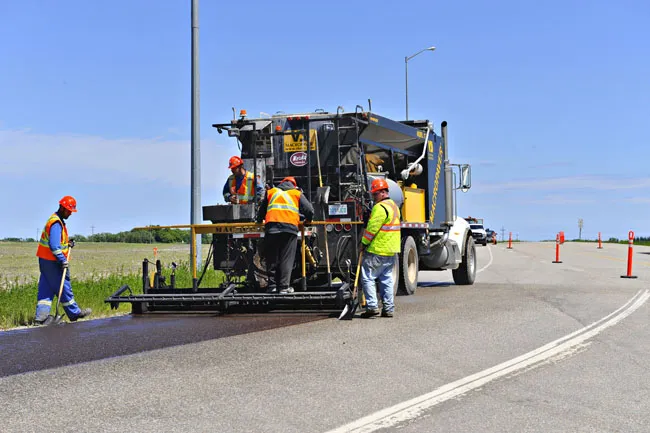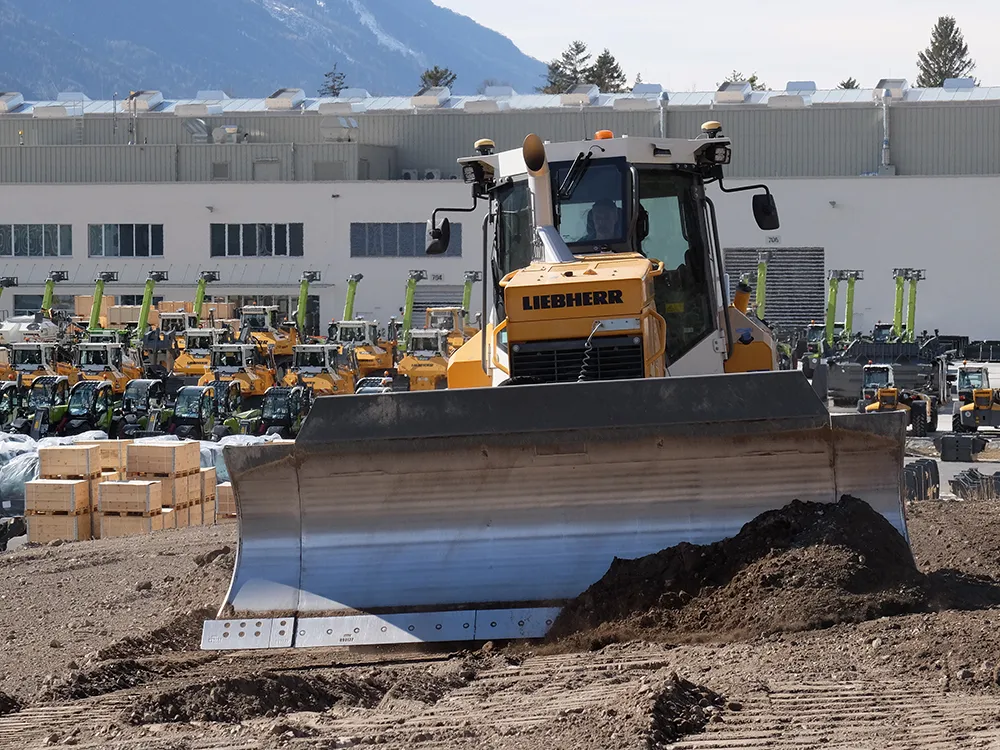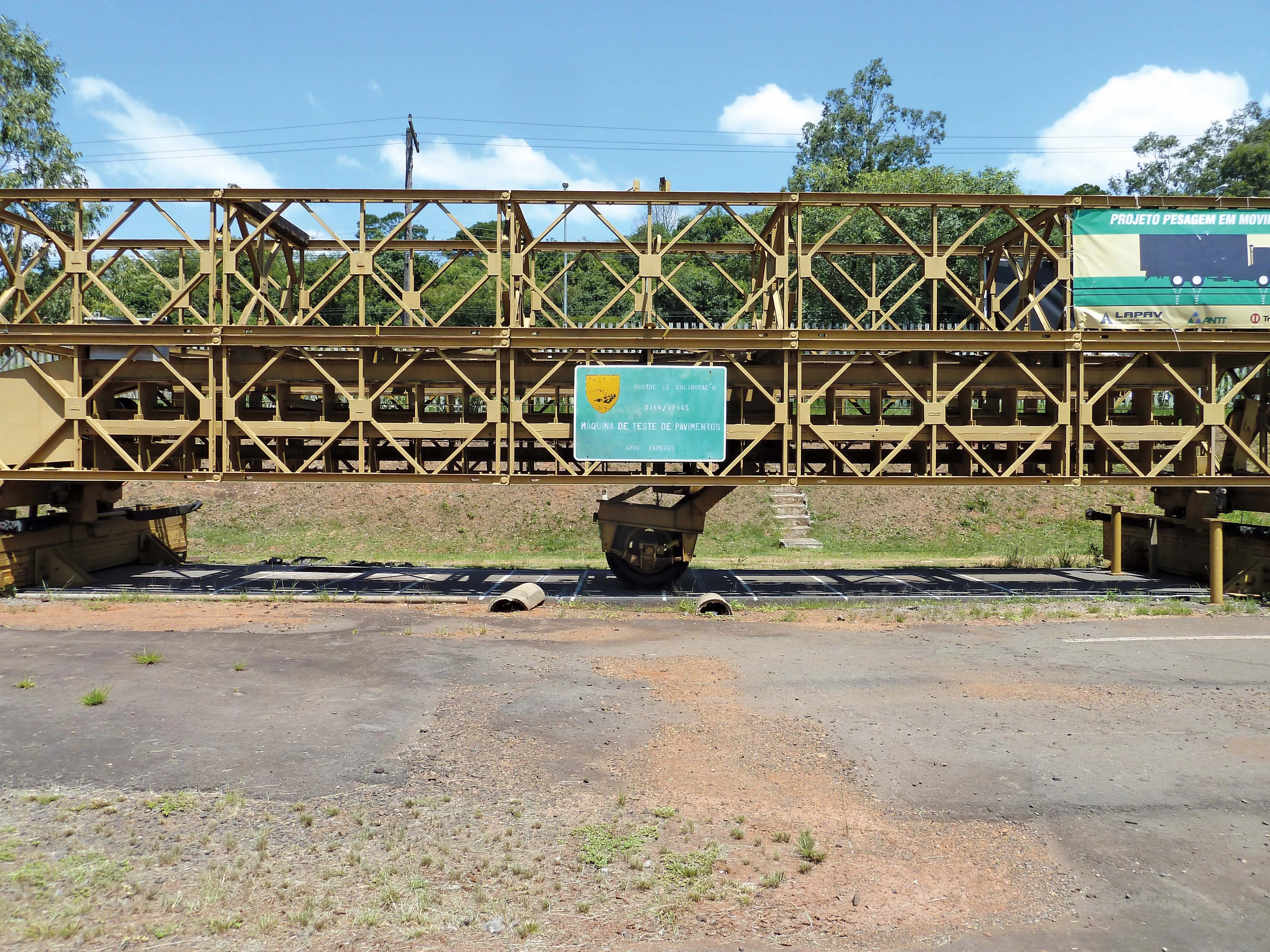The Texas A&M Transportation Institute stringent certification programme provides a quantitative basis for evaluating the ability of a contractor to operate the RetroTek-MU retroreflectometer.
The vehicle-mounted RetroTek-MU - manufactured by Reflective Measurement Systems, based in Dublin, Ireland - measures the retroreflectivity of long-line pavement markings.
The programme was developed and administered by the institute through an implementation project sponsored by the Texas DoT and the Federal Highway Administration (FHWA). Certification by the institute consists of taking numerous pavement markings measurements of various colours, patterns, and retroreflectivity levels and providing the measurement results to the Texas DoT for assessment.
Jay Green, a veteran retroreflectometer operator with Striping Service and Supply, is the first survey operator and user to be certified using the RetroTek-MU. Certification makes Striping Service and Supply eligible for Texas state pavement markings retroreflectivity contracts.
RetroTek-MU measures the striping on both sides of the lane in one pass without the need to switch the sensor from one side of the vehicle to the other. “At the end of surveying, all data can be quickly prepared and sent to district Texas DoT officials without the need for hours of post-processing,” said Green.
The RetroTek-MU is unlike traditional side-mounted retroreflectometers in that it is centre-mounted on the front of a vehicle. This eliminates the need to drive closely to the striping at the edge of the lane. This makes it safe for the operator and other road users because it doesn’t protrude from the side of the vehicle./
Importantly, it also is not subject to dirt ingress from the vehicle’s front wheels.
The RetroTek-MU sensor is mounted higher than the side-mounted systems as it surveys at 15mts distance (conforming to 30m geometry). It is also less likely to get damaged with impact from speed ramps and other road furniture.
The sensor need not be switched from one side of the vehicle to the other to survey different lines, for example edge and centre markings, because the RetroTek-MU surveys across the full width of a lane in one pass. This eliminates a lot of survey downtime and reduces man hours, survey time and travel distances by up to half, according to the manufacturer.
Outputs from a survey by the RetroTek-MU are available to export to Excel (.csv) and Google Earth (.kml) formats for further processing or viewing. Recorded video images are saved for subsequent replay and visual analysis.
Once the system is calibrated, retroreflectivity measurements are reliable with accuracy and repeatability similar to established hand held retroreflectometers, according to the manufacturer. The operator may customise the averaging distances for retroreflective measurements and set the retroreflective result threshold levels.
It is easy to fit, calibrate, operate and remove, with a comprehensive suite of mapping and video software for post survey analysis. It is independently certified to ASTM E 1710 and CEN EN 1436.
“With the advent of advanced driver assist Systems, this technology will assist road agencies and infrastructure stakeholders to assess and manage the pavement markings of their entire road network safely and quickly,” said Joe Turley, chief executive of Reflective Measurement Systems.
Striping Service and Supply, based in Grand Prairie, Texas, with branches in Louisiana and Florida states, offers a full line of pavement marking supplies and equipment for contractors. These include paints, thermoplastic, preform markings, custom and standard signs, and all striping supplies and road striping retroreflectivity assessment readings.
Texas certification of RetroTek-MU operator a first
Striping Service and Supply is the first US contractor certified by the Texas Department of Transportation to operate the RetroTek-MU road striping Retroreflectometer.
The Texas A&M Transportation Institute stringent certification programme provides a quantitative basis for evaluating the ability of a contractor to operate the RetroTek-MU retroreflectometer.
The vehicle-mounted RetroTek-MU - manufactured by Reflective Measurement Systems, based in Dublin, Ireland - measures the retroreflectivity of lo
July 27, 2018
Read time: 3 mins
Striping Service and Supply is the first US contractor certified by the Texas Department of Transportation to operate the RetroTek-MU road striping Retroreflectometer.









